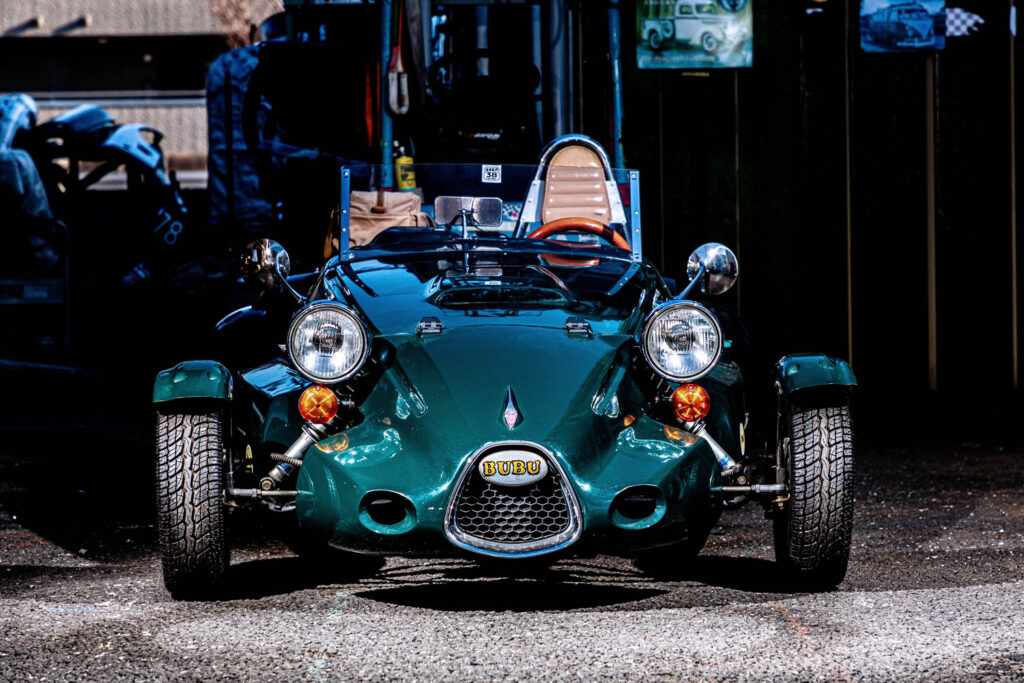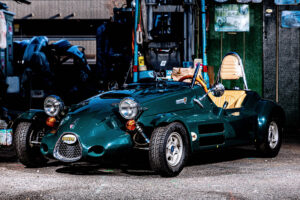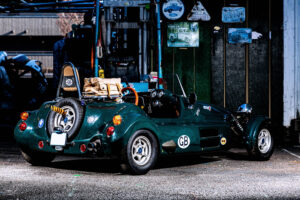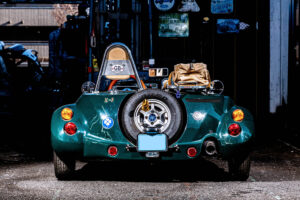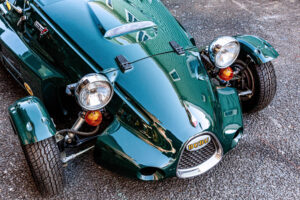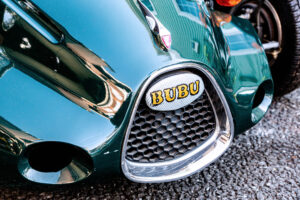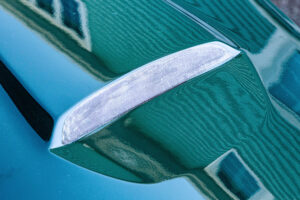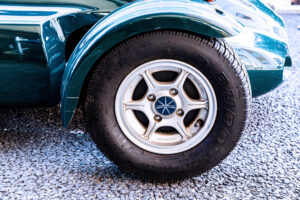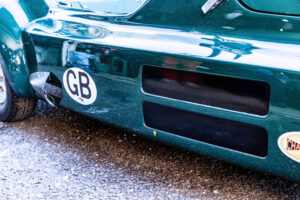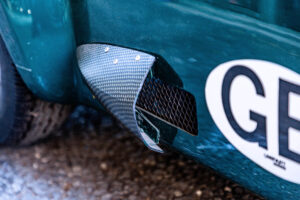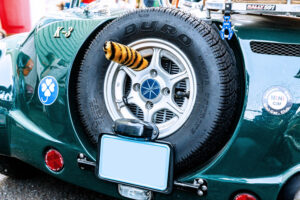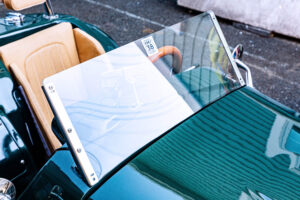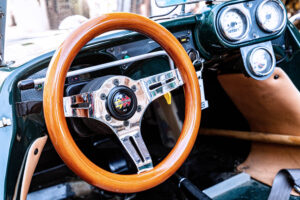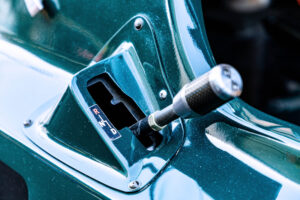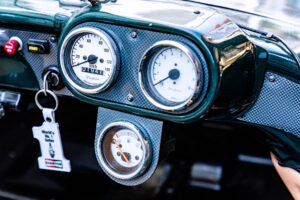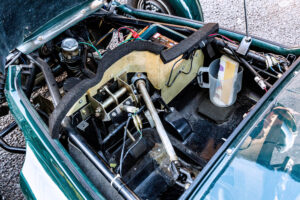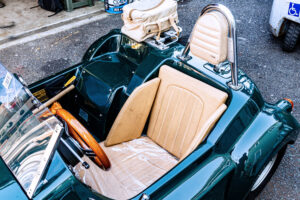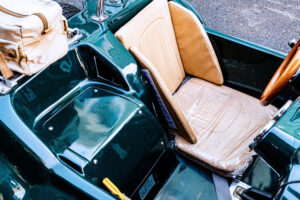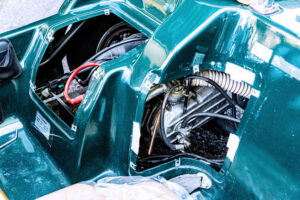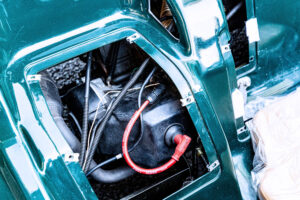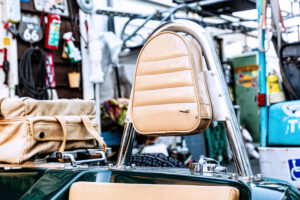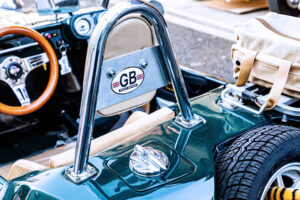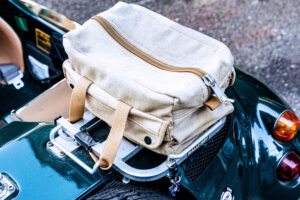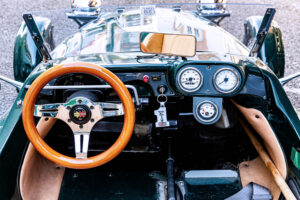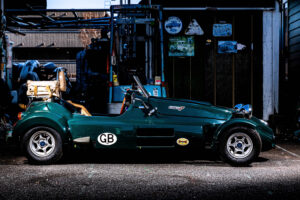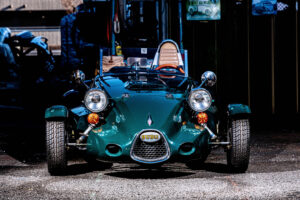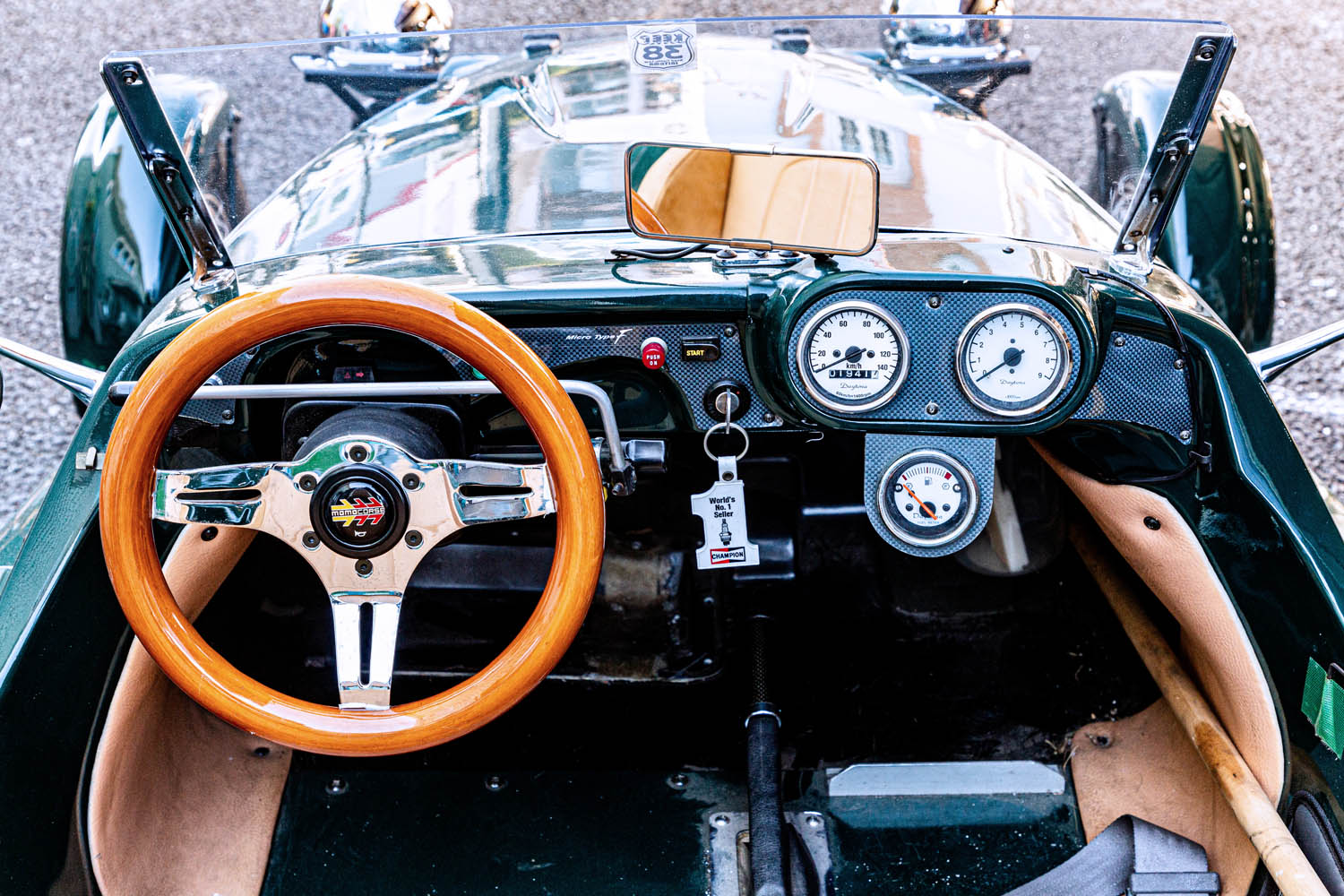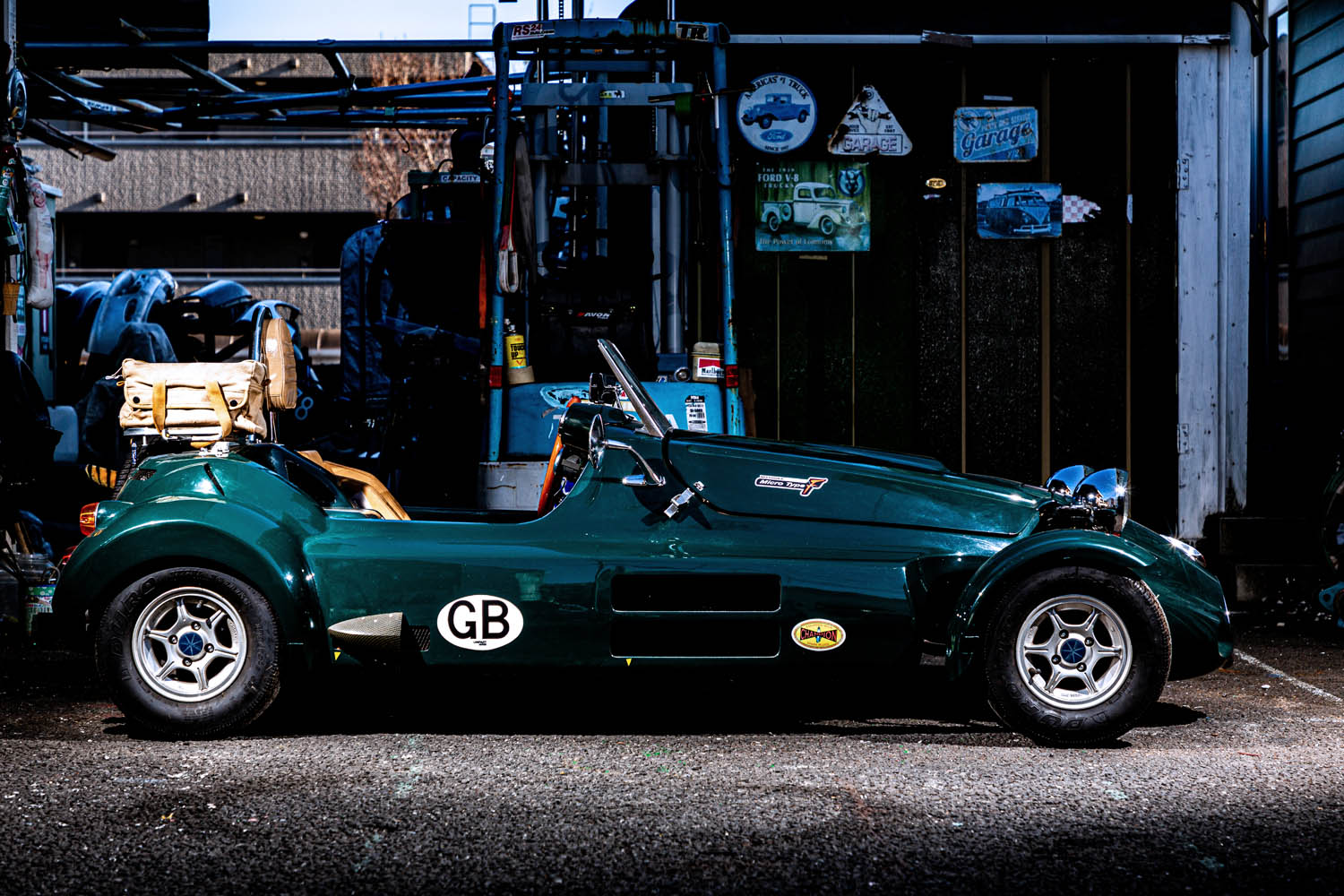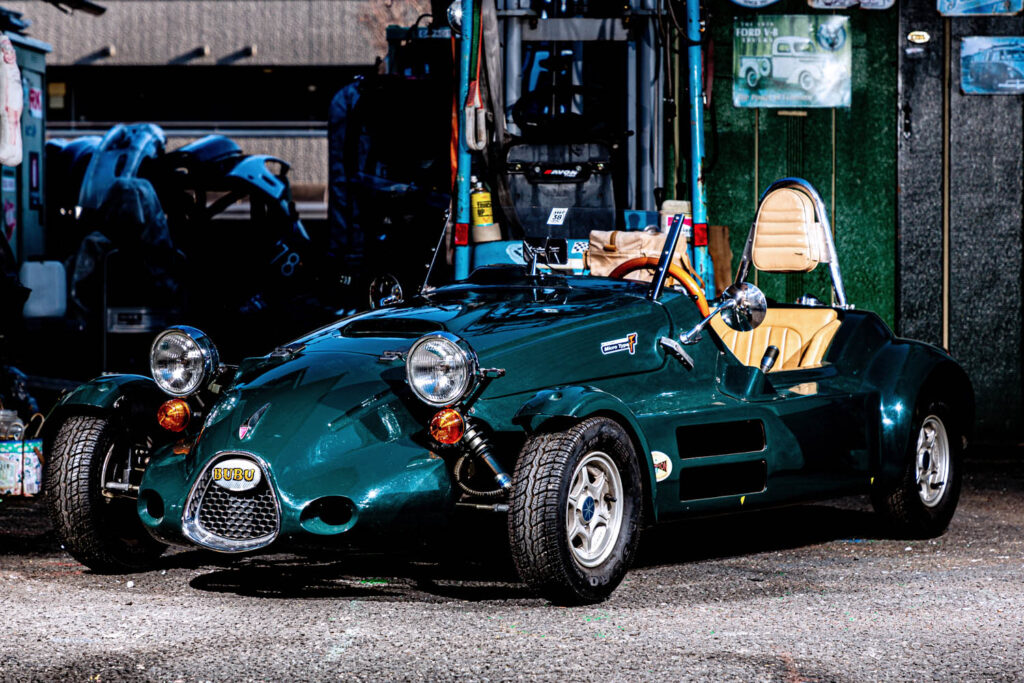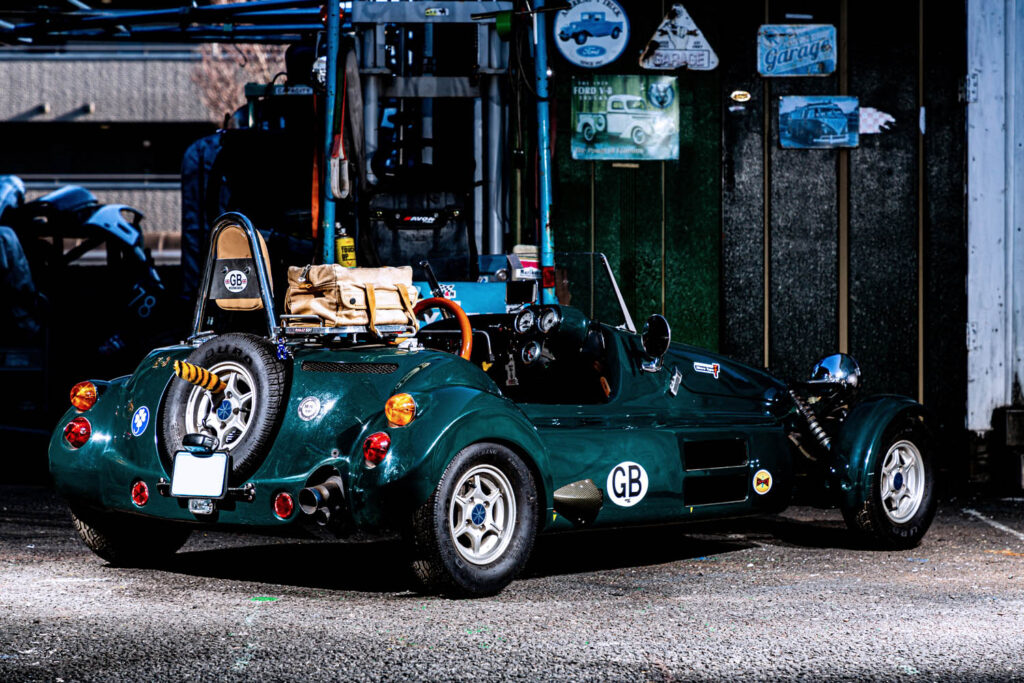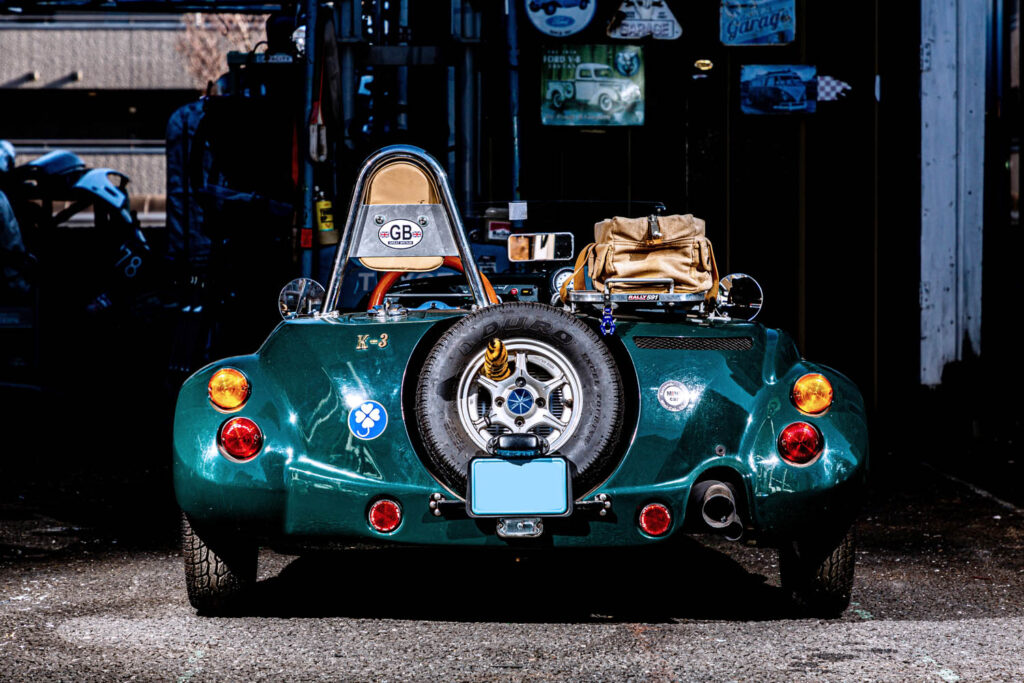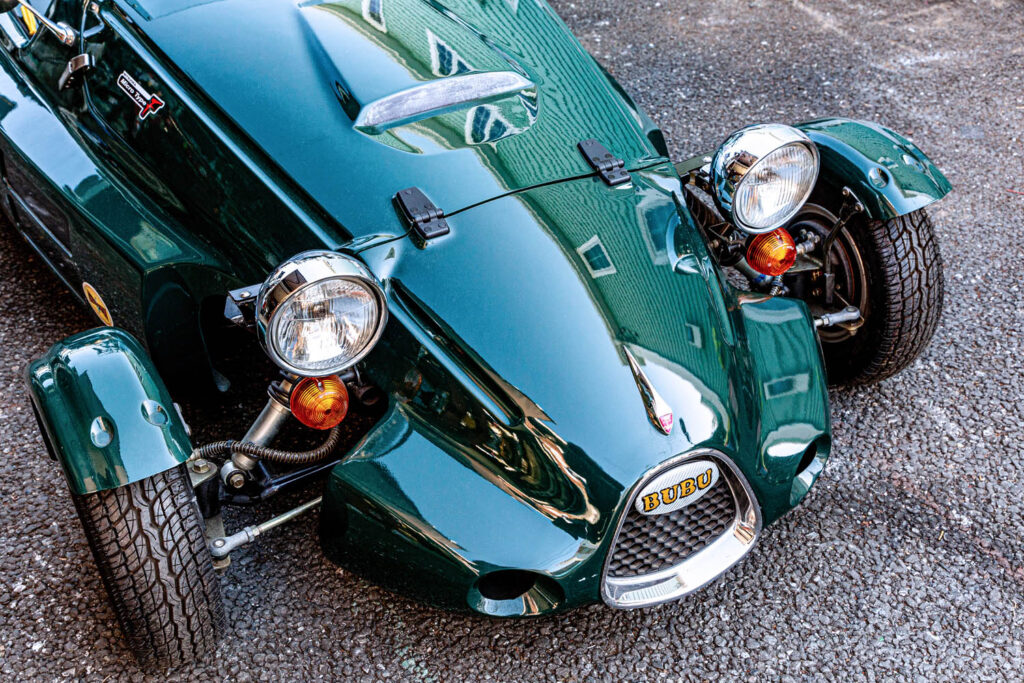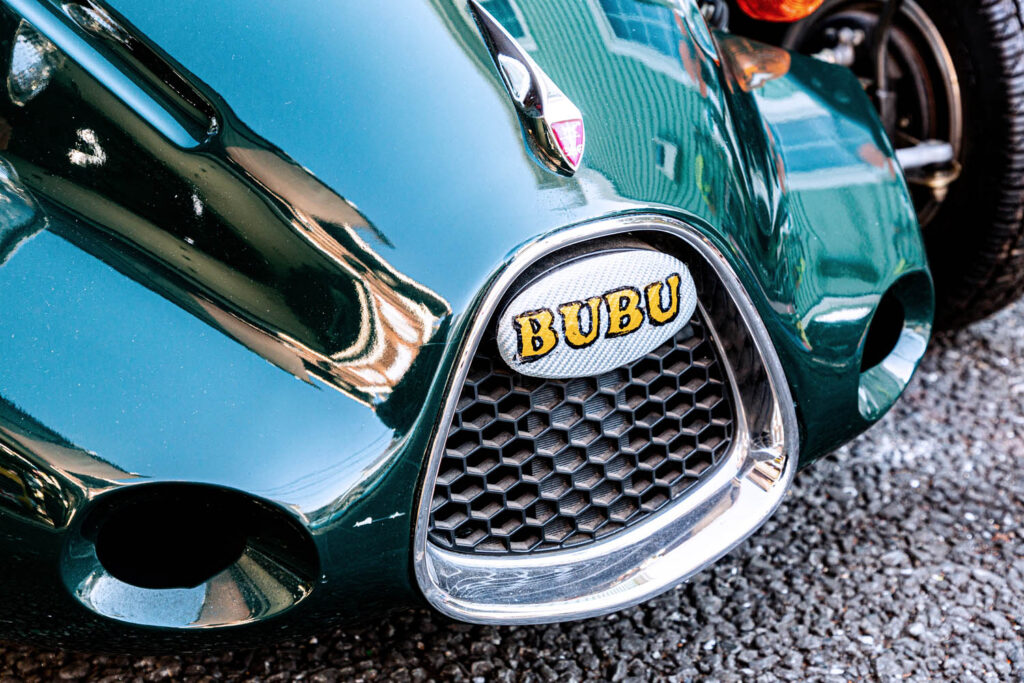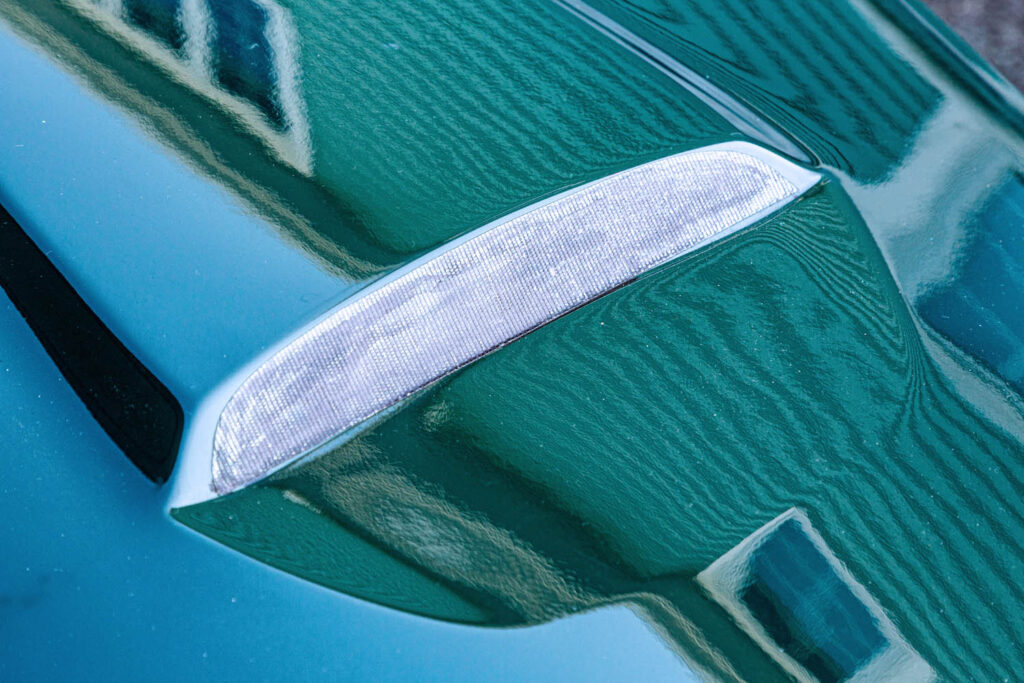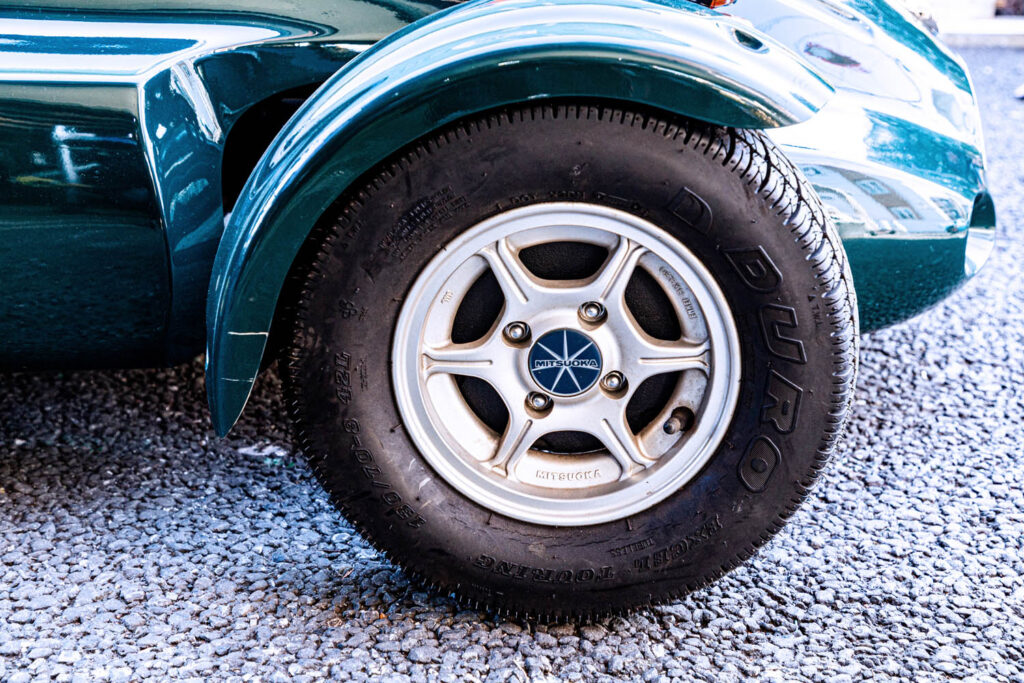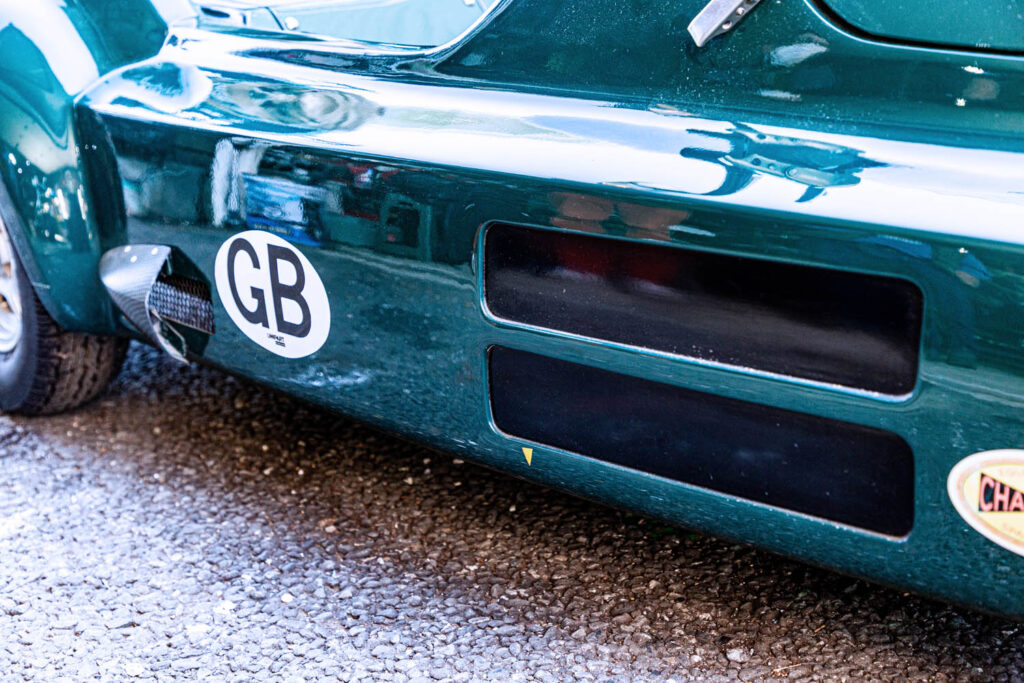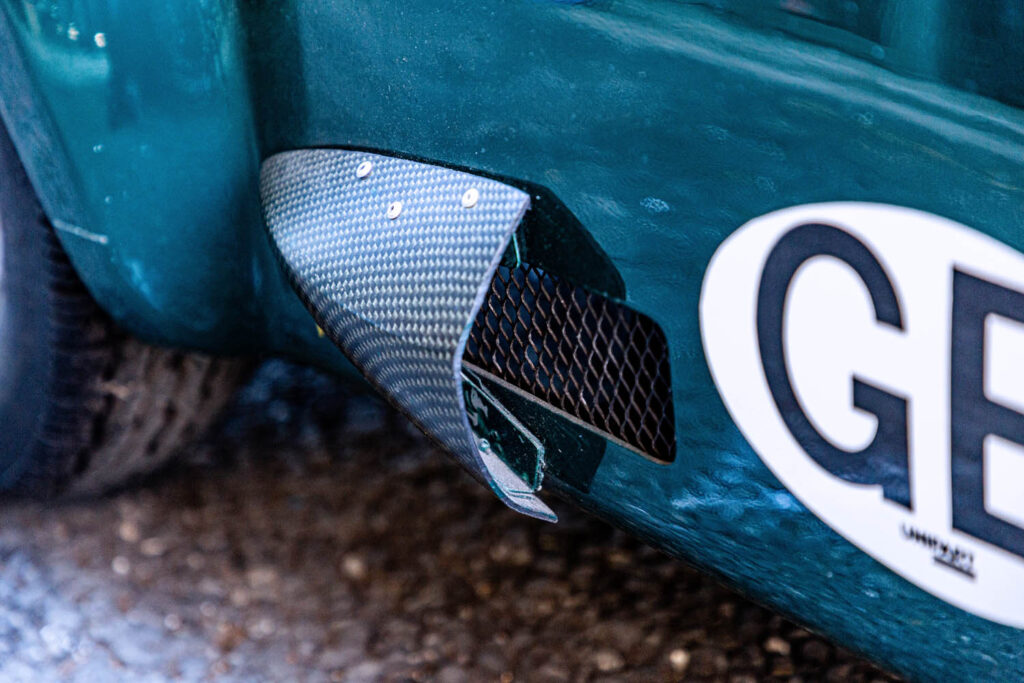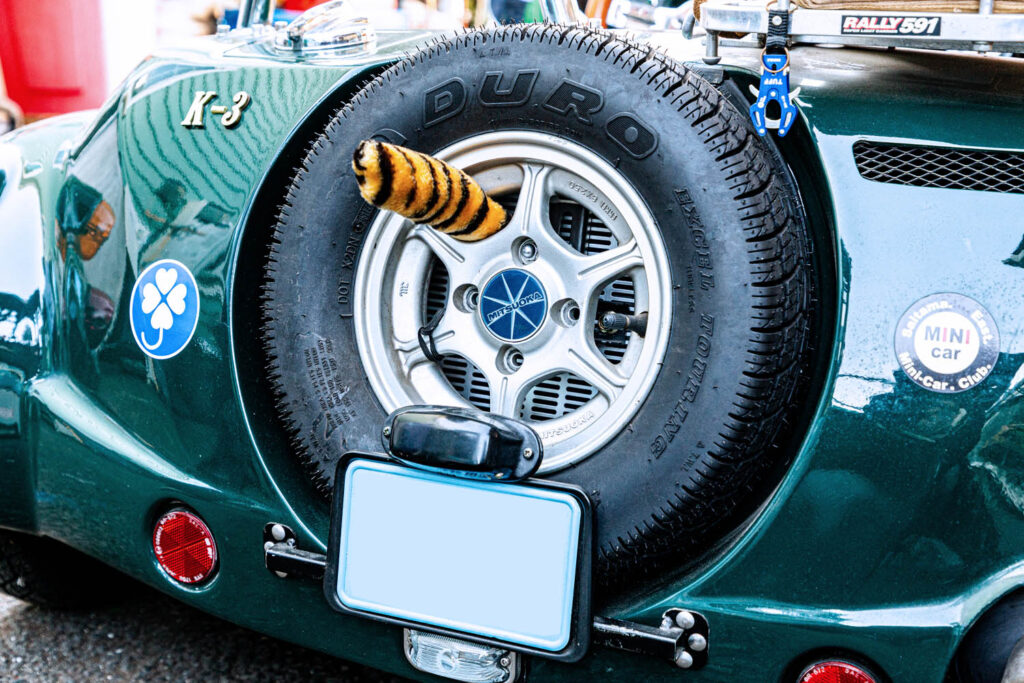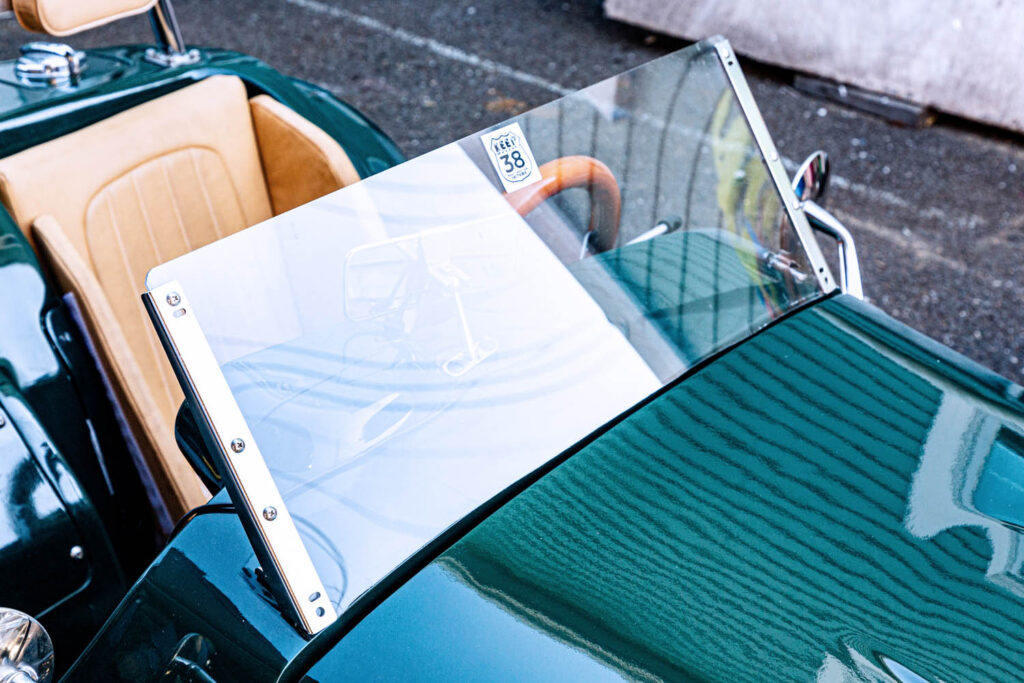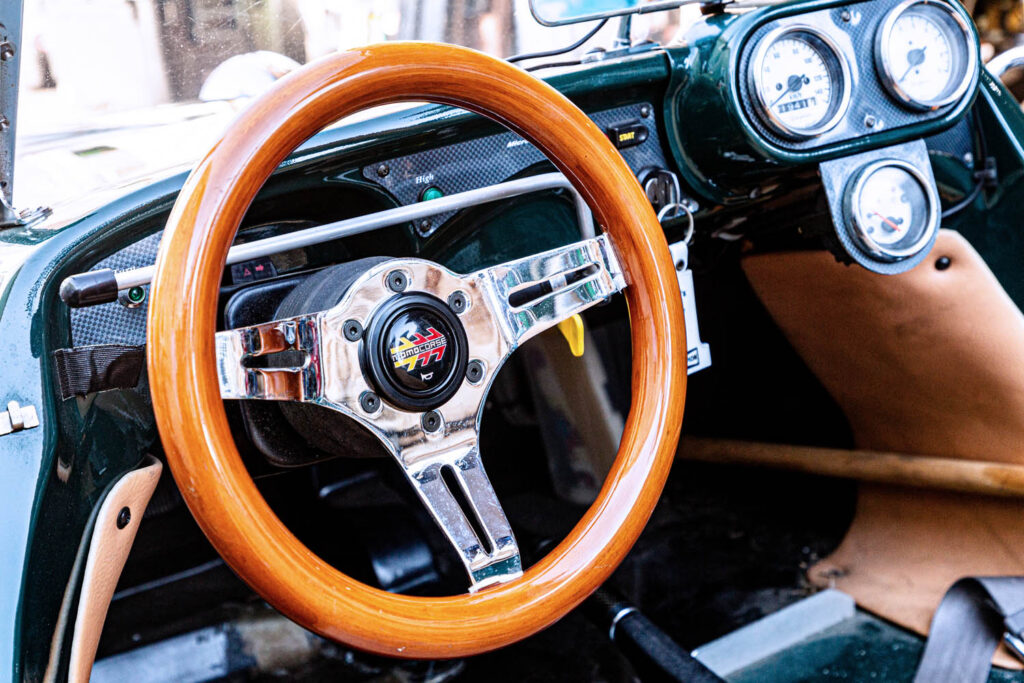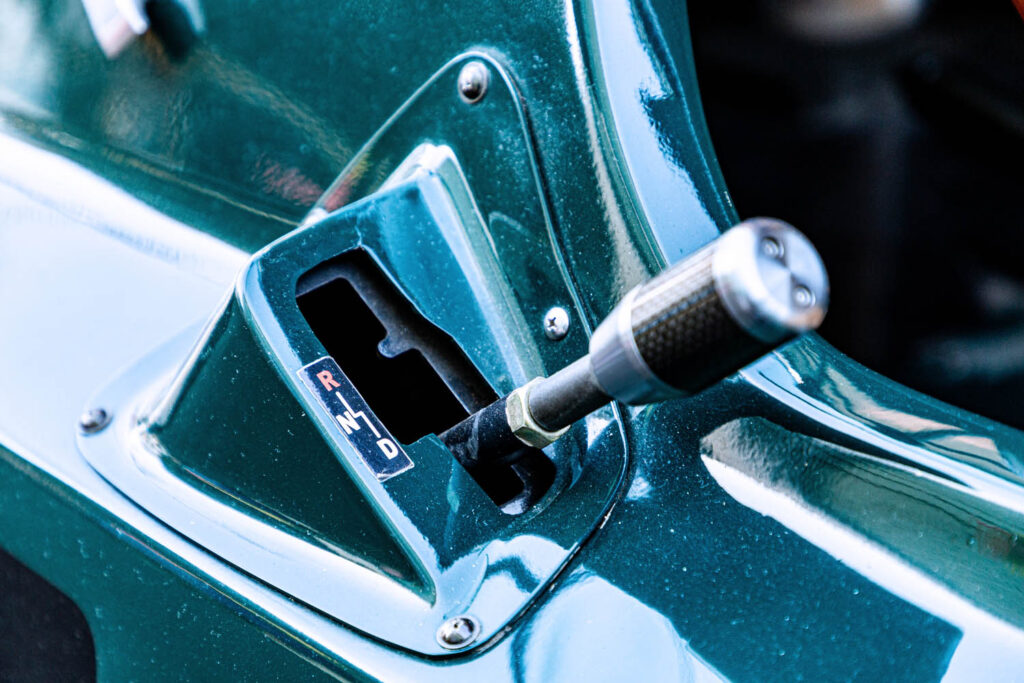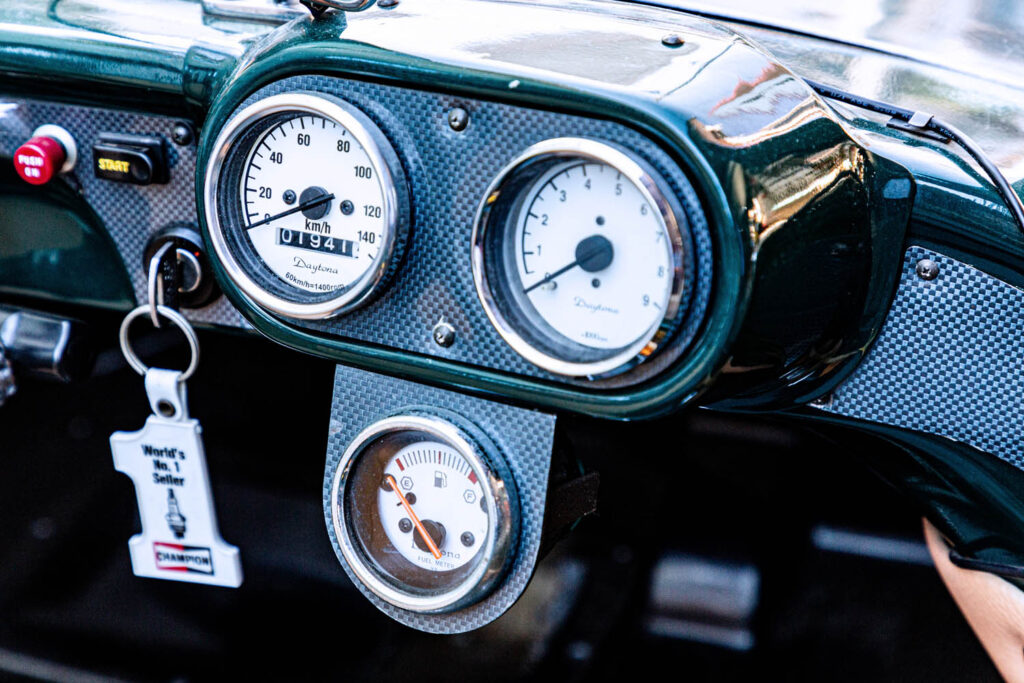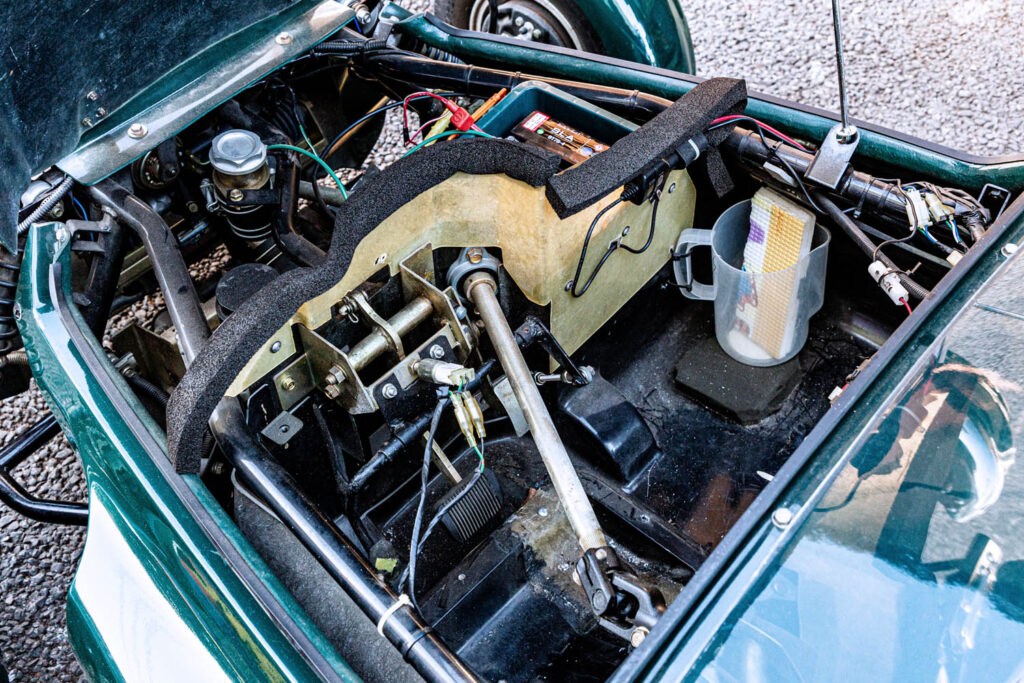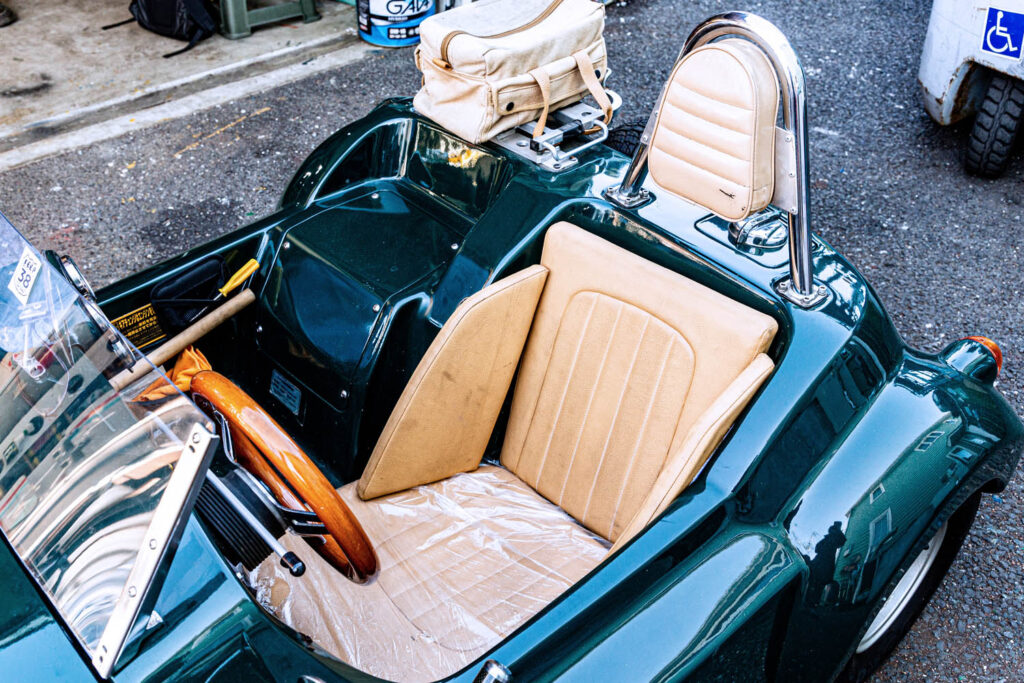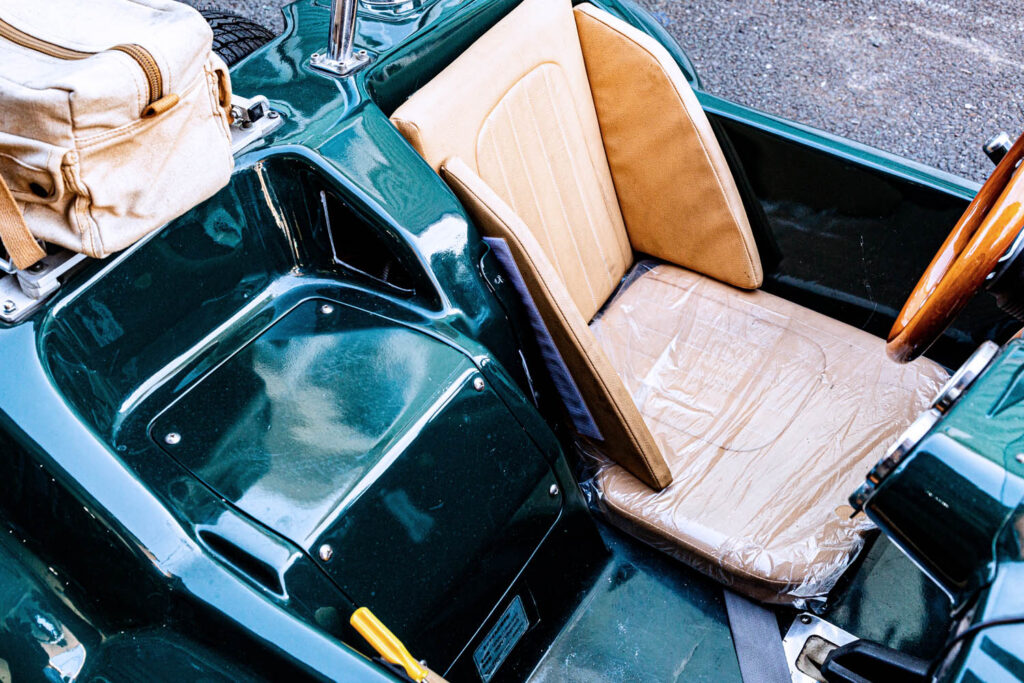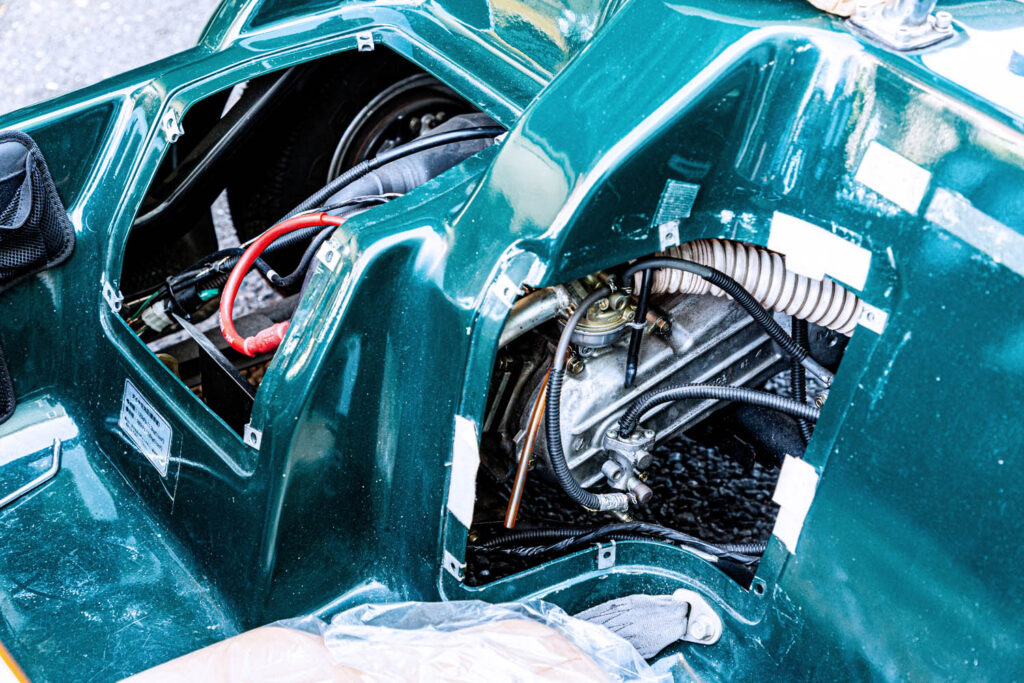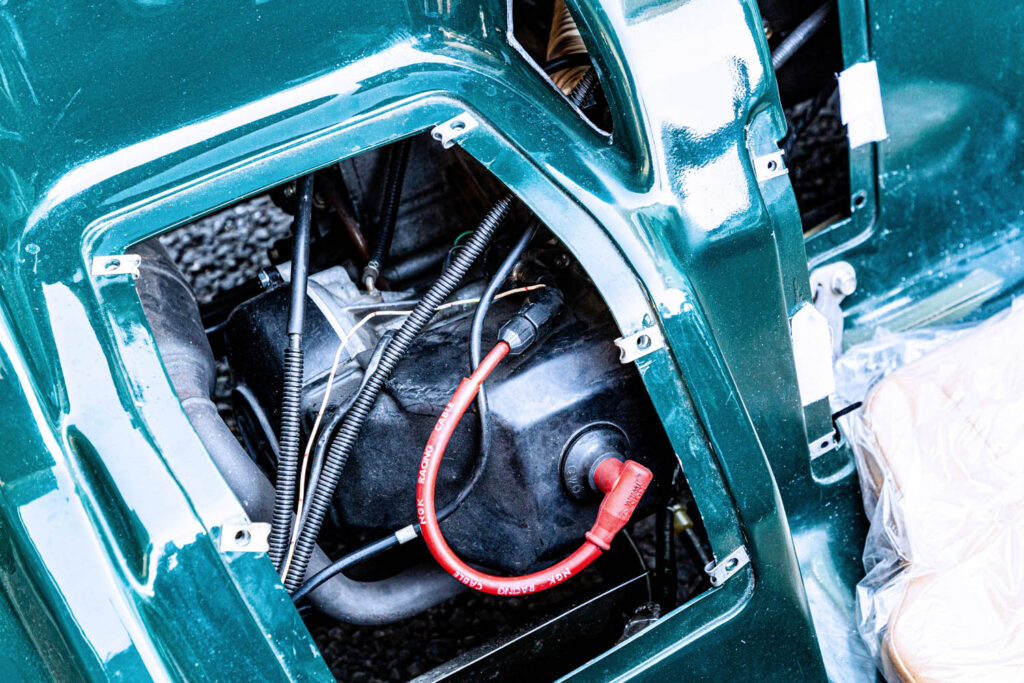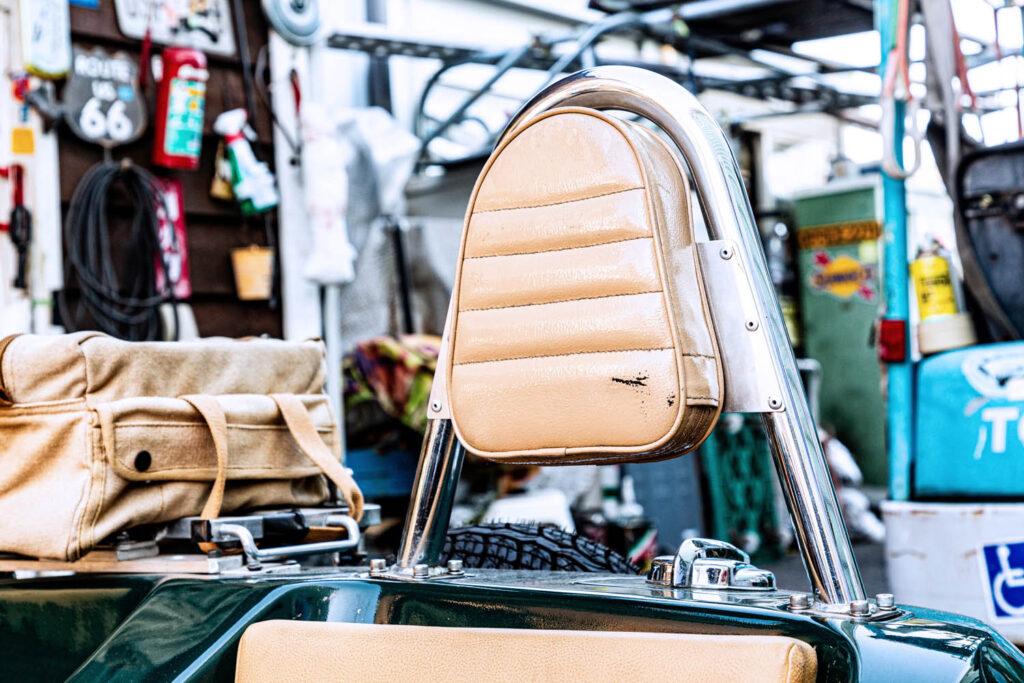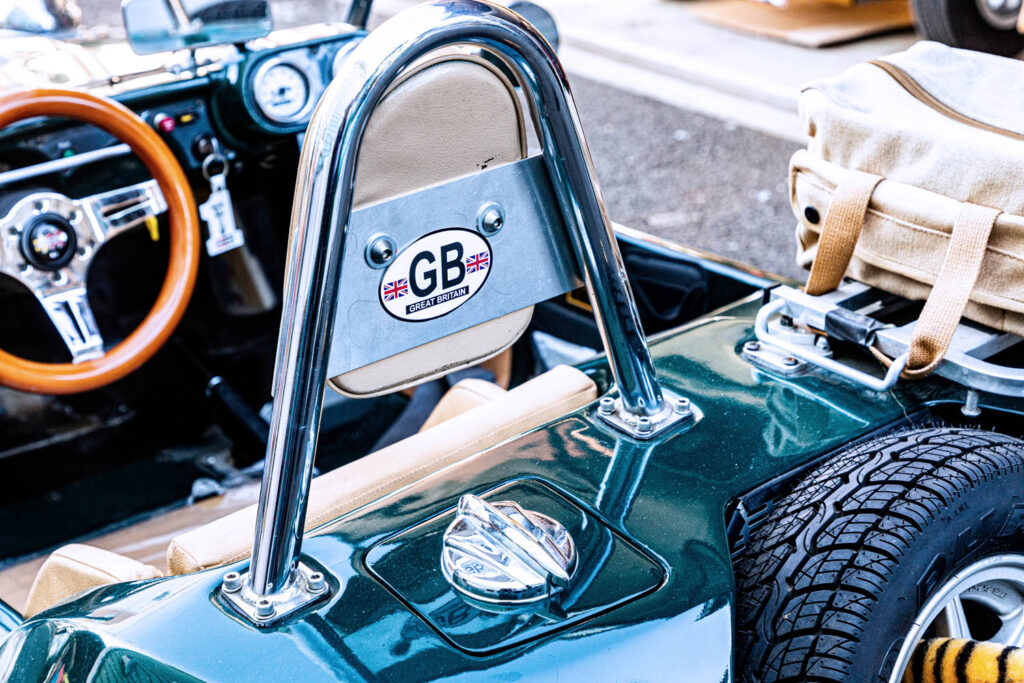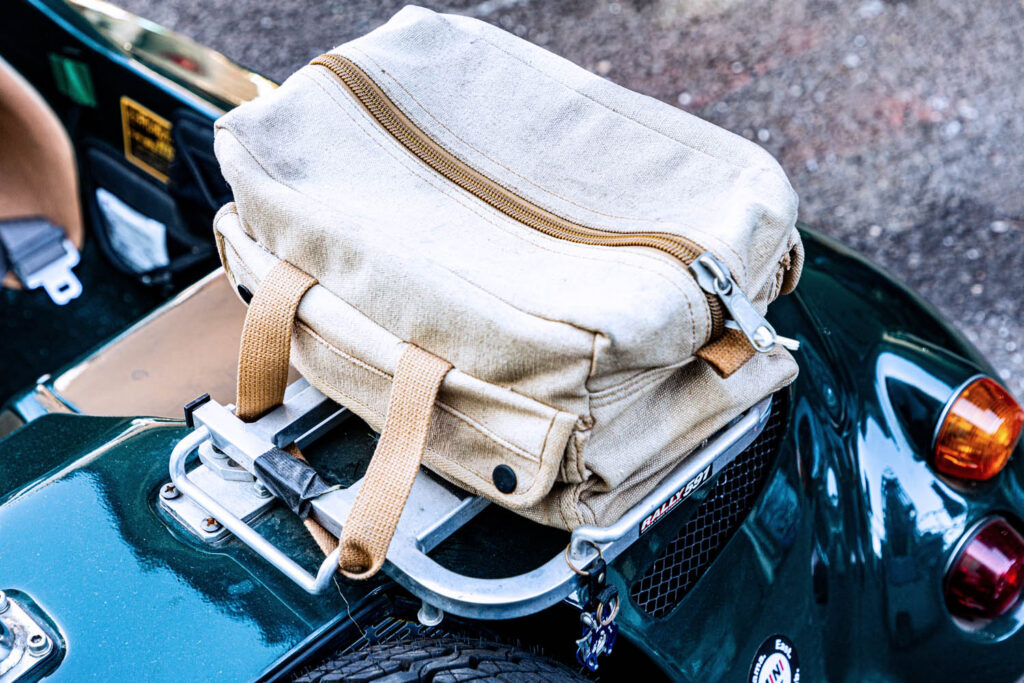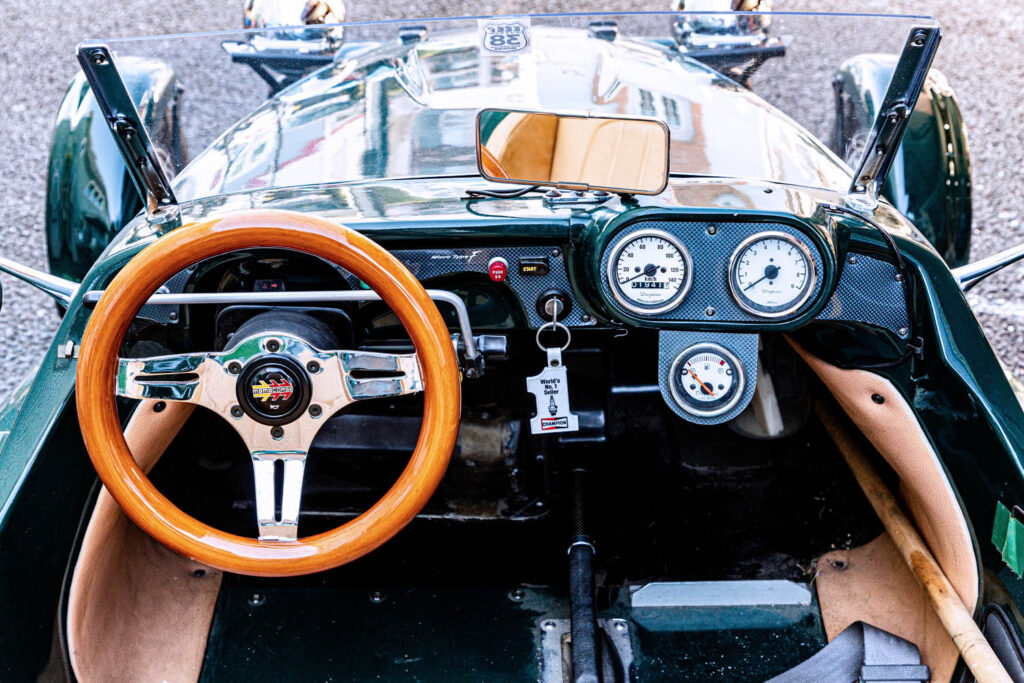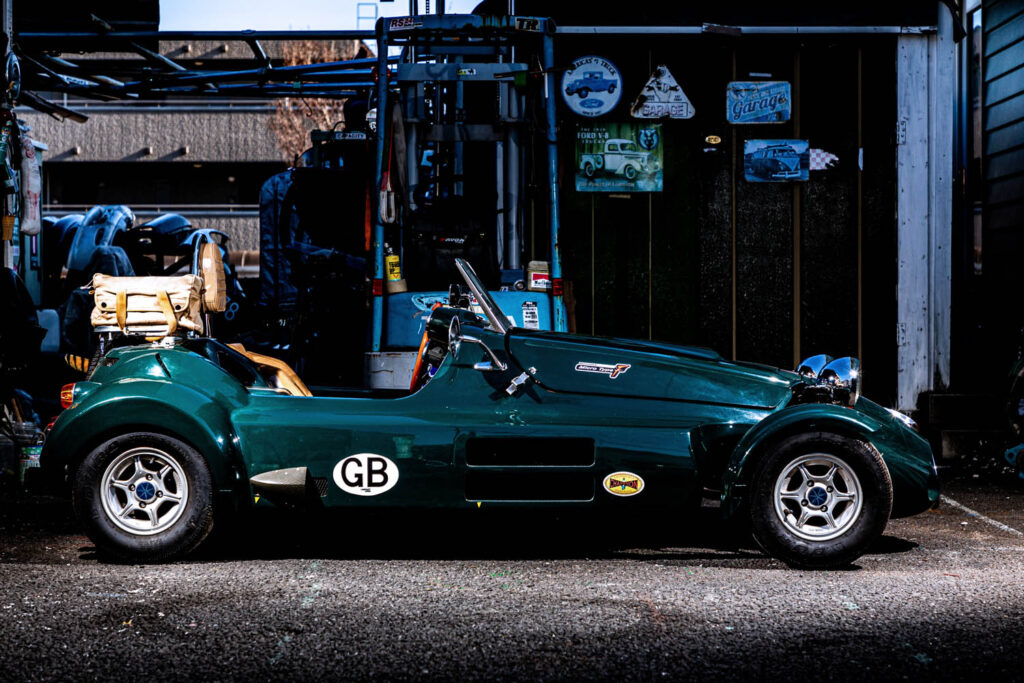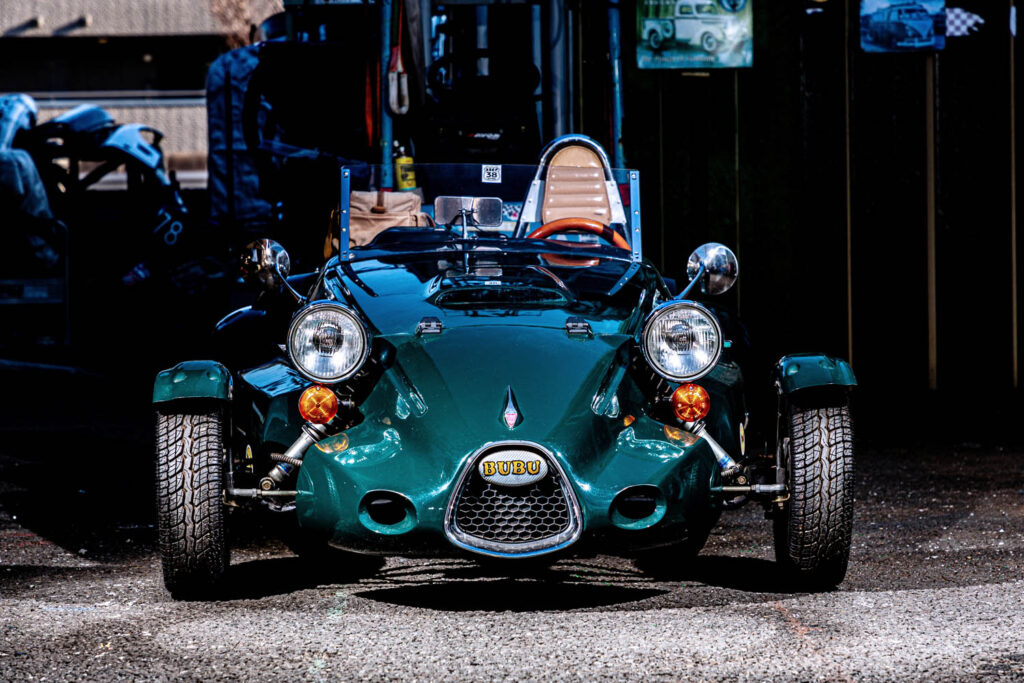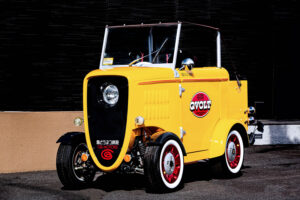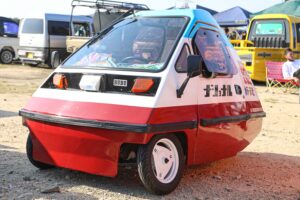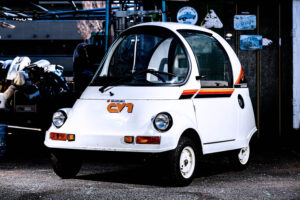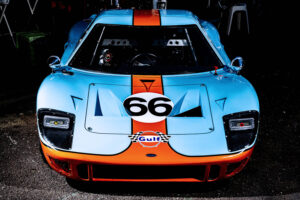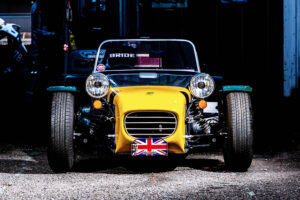“Kit cars,” in which parts are purchased and the car is assembled as a DIY project
As they say, “The Germans invented the car, the French turned it into a business, and the British play with it”, and in the field of cars, Britain has long been a major hobby nation. One of the unique British car hobby cultures is the ‘kit car’ genre. So when you hear the word ‘kit car’, you first think of the UK, the home of the genre, but of course it is not exclusive to that country. In Japan, Mitsuoka Motor, well-known for its small cars, also sold kit cars.
It was one respectable genre in Britain, the land of DIY and hobbies.
A “kit car” is, as the name suggests, a full-scale plastic model, so to speak, in which the parts of a single car, bought in pieces, are assembled by the user. Kit cars are particularly popular in the UK because users do not have to pay taxes on the acquisition of a car if they buy it in parts, and because the hobbyist appeal of being able to assemble their favorite cars with their own hands, and the manufacturers can save on assembly work and the various costs associated with that work. This has led to the development of kit cars as a genre of the automobile hobby in the UK.
In the UK, where DIY is the norm, there is a strong tendency to do everything yourself, from electrical work at home to tinkering with cars as a hobby. When people from other countries ask, “Isn’t it dangerous for you, an amateur, to do things yourself?” They say, “I can’t leave such a dangerous thing to someone else!” is their mindset.
Many of those selling kit-form cars are small sports car manufacturers, such as the Caterham Seven, which is popular in Japan and still sold in kit form in his home country, and Lotus, which used to offer both complete cars and kit forms.
Once upon a time in Japan, an enthusiast imported a Caterham Seven in kit form from the UK and assembled it himself in a magazine article, but this was a somewhat special case. Under Japanese law, such a “car assembled by an individual” is a “collection of imported parts” and is not considered a single car, so it is not possible to obtain a license plate number.
In Japan, Mitsuoka Motor has been selling kit cars since the end of the 1990s
So, is driving on public roads in Japan with a car built by yourself a pipe dream? Unlike four-wheeled vehicles, which are bound by strict regulations, “moped cars” do not require vehicle inspections or a garage certificate, and can be registered and licensed with a simple registration process.
In line with these regulations, a series of kit cars were once marketed by Mitsuoka Motor, known as the tenth car manufacturer in Japan. Having previously been involved in the development and sale of complete 50cc moped cars, Mitsuoka, which has a wealth of expertise in this field, announced a new attempt at a kit car that could be assembled by the user’s own hands in 1998.
After the originally designed “K-1” and the “K-2”, which was based on the Messerschmitt “KR200” (or “TG500 Tiger” because it had four wheels), a series of kit form moped cars with pre-painted bodies and a complete set of parts were released. The third in the series is the ‘K-3’, which we introduce here.
Get one of only 100 “K-3” units and customize it
The owner of this Mitsuoka K-3 is Kiyoshi Nakamura, who lives in Tokyo. He is a “micro car freak” who owns many other mopeds. Mr. Nakamura is an energetic car guy who does not show the slightest sign of being paralyzed on the right side of his body due to the aftereffects of an illness he suffered some 20 years ago.
The Mitsuoka K-3 he owns made its debut in 2005. The power unit is a Honda 2-stroke 50cc engine from the same era, while Mitsuoka’s own chassis and suspension are used. The FRP body, reminiscent of the Allard J2 of the 1950s, was placed on top.
The size of the car, at 2500 mm long x 1280 mm wide, was naturally small enough to fit within the standards for mopeds, and of course, it was a one-seater. The K-3, said to have been limited to 100 units at the time, was sold out immediately after its launch, and Nakamura-san says he acquired this unit second-hand from the previous owner, who lives in Nagoya.
Mr. Nakamura, who originally came from a background as a professional mechanic repairing and maintaining heavy machinery, has enjoyed customizing the front grille, roll bar, front window, and other parts to his liking since acquiring this K-3.
※ ※ ※
While a backyard builder who started as a one-off special hand-crafted by a young car enthusiast and eventually rose to become a Formula One world champion …… is not quite the success story of a Lotus or Cooper, it is a success story I was very happy to be able to interview Nakamura-san and other chic people in Japan who are enjoying such a “full-scale plastic model hobby”, albeit in a modest way.
translated by DeepL





